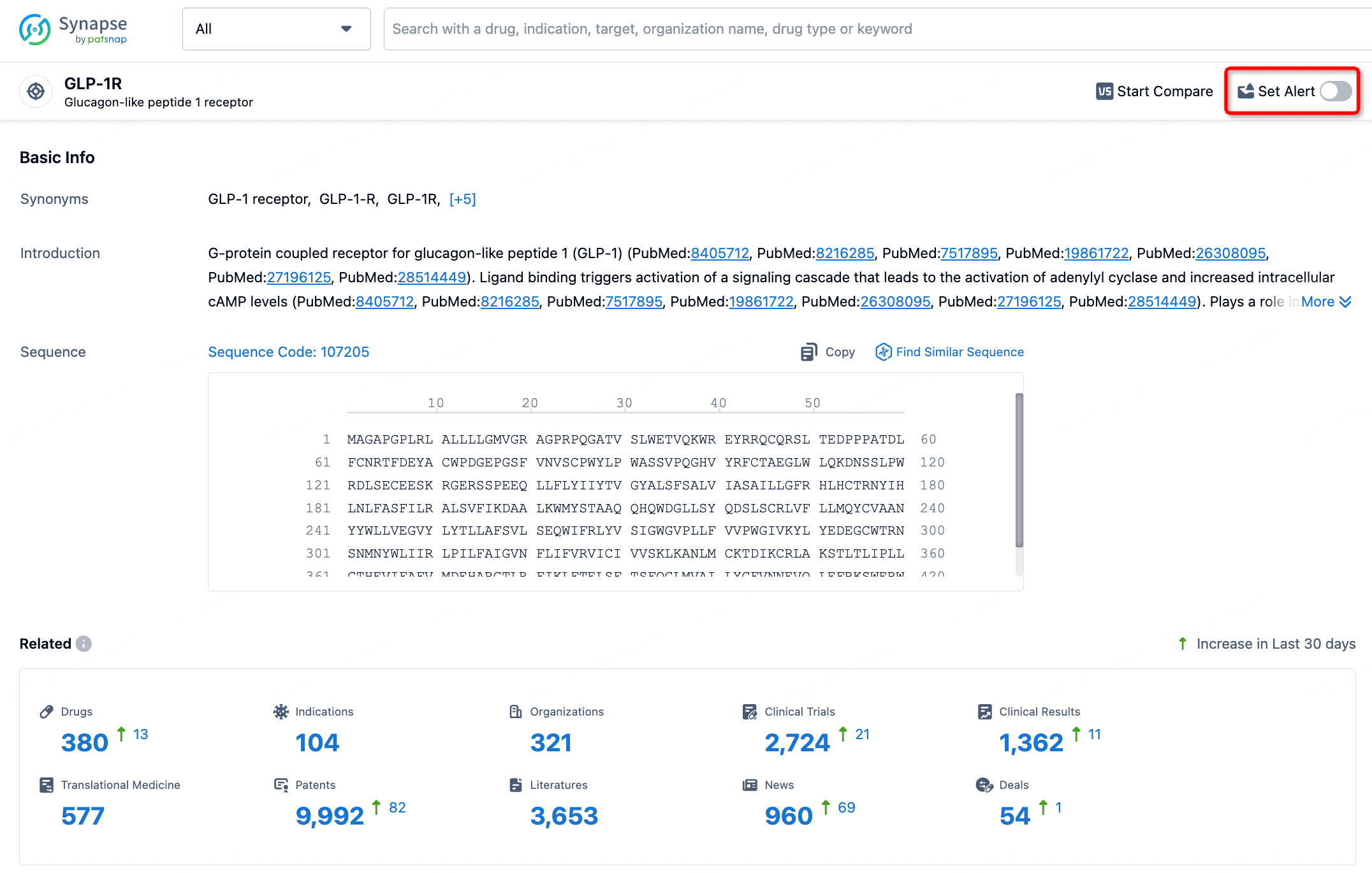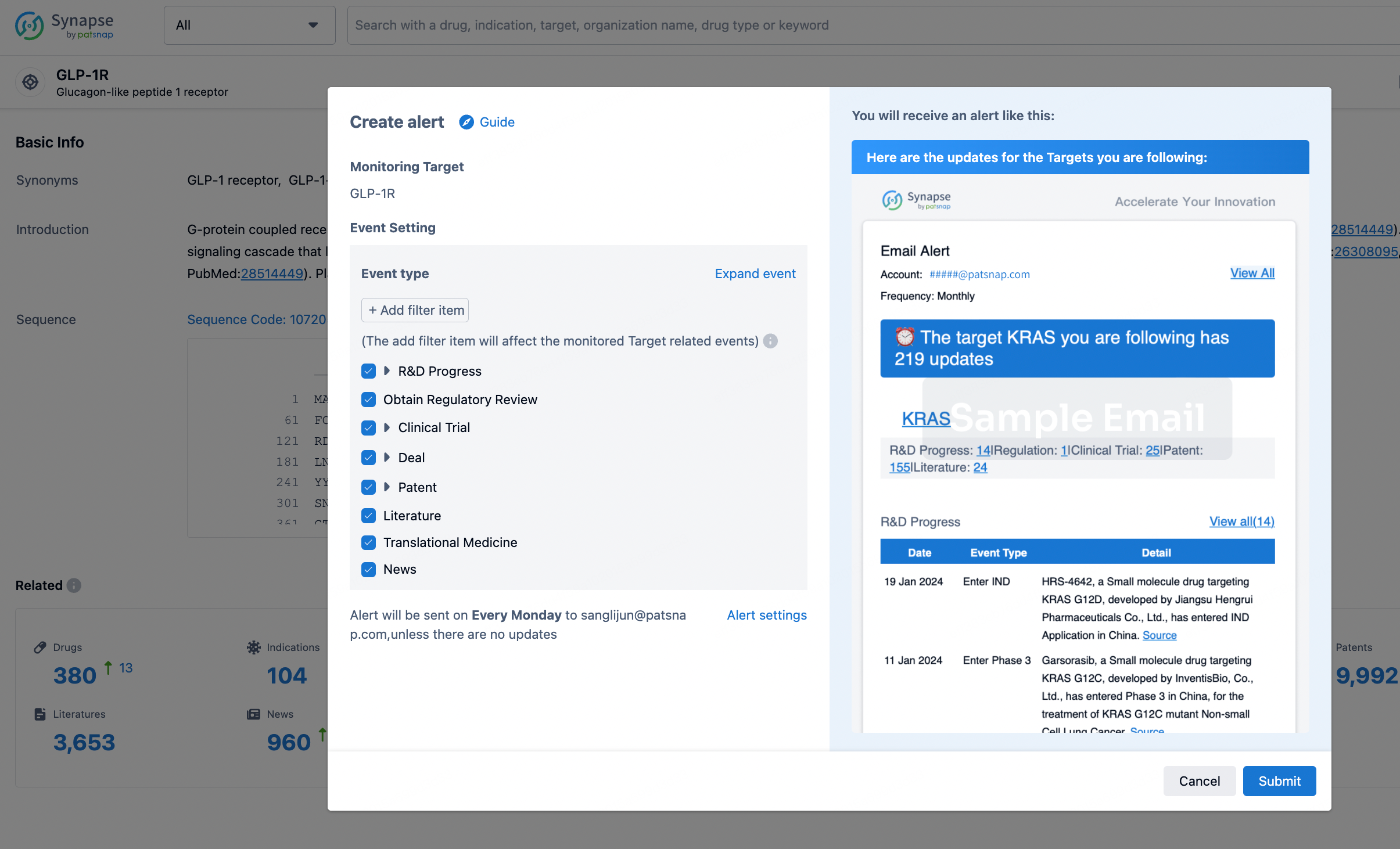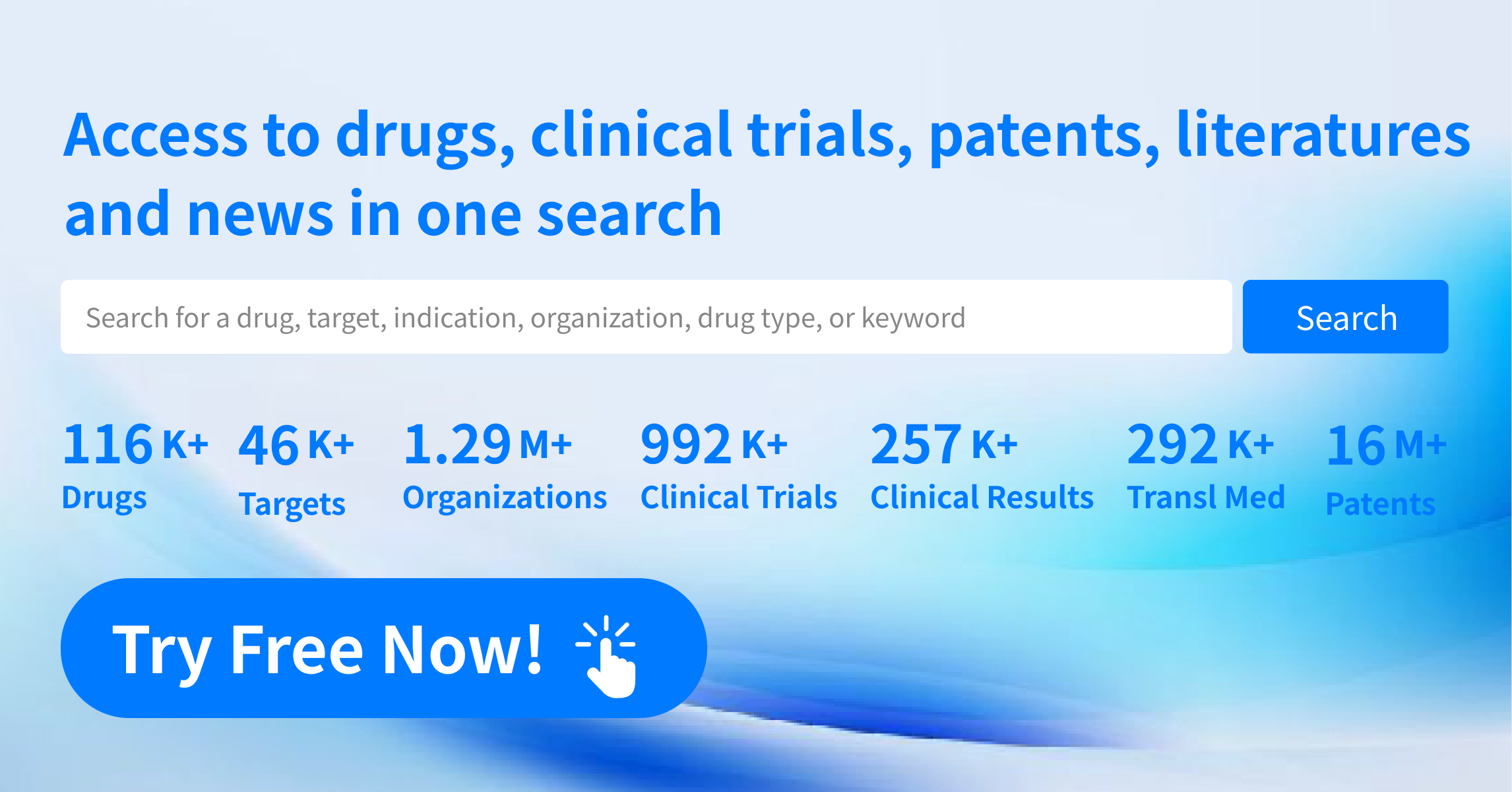Request Demo
What are ERβ agonists and how do they work?
21 June 2024
Estrogen receptor beta (ERβ) agonists represent a fascinating and burgeoning area of scientific research with the potential to offer novel therapeutic solutions for a range of medical conditions. Discovered in the mid-1990s, ERβ is one of two main types of estrogen receptors, the other being estrogen receptor alpha (ERα). While ERα has been extensively studied and is well-known for its role in reproductive tissues and breast cancer, ERβ has been less understood but is now recognized for its distinct and significant roles in various physiological processes. ERβ agonists are compounds that selectively activate the ERβ receptor, triggering a cascade of biochemical events that can result in diverse therapeutic outcomes.
ERβ agonists work by binding to the ERβ receptor, a protein found in various tissues throughout the body, including the brain, cardiovascular system, lungs, immune system, and reproductive organs. Unlike ERα, which is primarily activated by the hormonal form of estrogen known as estradiol, ERβ can be activated by a range of natural and synthetic ligands. When an ERβ agonist binds to the receptor, it undergoes a conformational change that allows it to interact with specific DNA sequences in the cell nucleus, known as estrogen response elements (EREs). This interaction can either activate or repress the transcription of certain genes, leading to various cellular responses. The selective activation of ERβ by these agonists also means that they can offer targeted therapeutic effects without the broad and sometimes adverse effects associated with non-selective estrogen therapies.
ERβ agonists have shown promise in a variety of therapeutic applications. One of the most researched areas is their potential role in cancer treatment. Studies have indicated that ERβ agonists can inhibit the growth of certain types of cancer cells, including breast, prostate, and colorectal cancers. Unlike ERα, which often promotes the proliferation of breast cancer cells, ERβ appears to have an anti-proliferative effect. This makes ERβ agonists a compelling avenue for developing anti-cancer therapies that could complement existing treatments or offer new options for patients who are unresponsive to current medications.
Beyond oncology, ERβ agonists are being investigated for their neuroprotective effects. Research has suggested that these compounds could play a role in treating neurodegenerative diseases such as Alzheimer's and Parkinson's. ERβ is expressed in various regions of the brain and has been shown to influence processes like neuroinflammation, oxidative stress, and neuronal survival. By modulating these pathways, ERβ agonists could potentially slow the progression of neurodegenerative diseases or alleviate some of their symptoms.
Cardiovascular health is another area where ERβ agonists are showing promise. Estrogen has long been known to have protective effects on the cardiovascular system, but traditional hormone replacement therapies can have significant side effects. ERβ agonists offer a more targeted approach, potentially providing cardiovascular benefits without the associated risks of broad-spectrum estrogen therapies. Early research suggests that ERβ activation could help reduce blood pressure, improve lipid profiles, and mitigate atherosclerosis, though more studies are needed to confirm these benefits in clinical settings.
Inflammation and immune response modulation are additional fields where ERβ agonists could have therapeutic potential. ERβ is expressed in various immune cells, and its activation has been shown to influence inflammatory responses. This opens up the possibility of using ERβ agonists to treat inflammatory and autoimmune diseases such as rheumatoid arthritis, multiple sclerosis, and lupus. By modulating the immune response, these compounds could offer new treatment options for conditions that are currently difficult to manage.
In summary, ERβ agonists represent a promising frontier in medical research with the potential to address a wide range of health issues. From cancer and neurodegenerative diseases to cardiovascular health and immune modulation, these compounds offer a targeted approach that could minimize side effects while maximizing therapeutic benefits. As research continues to advance, we may see ERβ agonists become an integral part of modern medical treatments, offering hope and improved quality of life for countless patients.
ERβ agonists work by binding to the ERβ receptor, a protein found in various tissues throughout the body, including the brain, cardiovascular system, lungs, immune system, and reproductive organs. Unlike ERα, which is primarily activated by the hormonal form of estrogen known as estradiol, ERβ can be activated by a range of natural and synthetic ligands. When an ERβ agonist binds to the receptor, it undergoes a conformational change that allows it to interact with specific DNA sequences in the cell nucleus, known as estrogen response elements (EREs). This interaction can either activate or repress the transcription of certain genes, leading to various cellular responses. The selective activation of ERβ by these agonists also means that they can offer targeted therapeutic effects without the broad and sometimes adverse effects associated with non-selective estrogen therapies.
ERβ agonists have shown promise in a variety of therapeutic applications. One of the most researched areas is their potential role in cancer treatment. Studies have indicated that ERβ agonists can inhibit the growth of certain types of cancer cells, including breast, prostate, and colorectal cancers. Unlike ERα, which often promotes the proliferation of breast cancer cells, ERβ appears to have an anti-proliferative effect. This makes ERβ agonists a compelling avenue for developing anti-cancer therapies that could complement existing treatments or offer new options for patients who are unresponsive to current medications.
Beyond oncology, ERβ agonists are being investigated for their neuroprotective effects. Research has suggested that these compounds could play a role in treating neurodegenerative diseases such as Alzheimer's and Parkinson's. ERβ is expressed in various regions of the brain and has been shown to influence processes like neuroinflammation, oxidative stress, and neuronal survival. By modulating these pathways, ERβ agonists could potentially slow the progression of neurodegenerative diseases or alleviate some of their symptoms.
Cardiovascular health is another area where ERβ agonists are showing promise. Estrogen has long been known to have protective effects on the cardiovascular system, but traditional hormone replacement therapies can have significant side effects. ERβ agonists offer a more targeted approach, potentially providing cardiovascular benefits without the associated risks of broad-spectrum estrogen therapies. Early research suggests that ERβ activation could help reduce blood pressure, improve lipid profiles, and mitigate atherosclerosis, though more studies are needed to confirm these benefits in clinical settings.
Inflammation and immune response modulation are additional fields where ERβ agonists could have therapeutic potential. ERβ is expressed in various immune cells, and its activation has been shown to influence inflammatory responses. This opens up the possibility of using ERβ agonists to treat inflammatory and autoimmune diseases such as rheumatoid arthritis, multiple sclerosis, and lupus. By modulating the immune response, these compounds could offer new treatment options for conditions that are currently difficult to manage.
In summary, ERβ agonists represent a promising frontier in medical research with the potential to address a wide range of health issues. From cancer and neurodegenerative diseases to cardiovascular health and immune modulation, these compounds offer a targeted approach that could minimize side effects while maximizing therapeutic benefits. As research continues to advance, we may see ERβ agonists become an integral part of modern medical treatments, offering hope and improved quality of life for countless patients.
How to obtain the latest development progress of all targets?
In the Synapse database, you can stay updated on the latest research and development advances of all targets. This service is accessible anytime and anywhere, with updates available daily or weekly. Use the "Set Alert" function to stay informed. Click on the image below to embark on a brand new journey of drug discovery!
AI Agents Built for Biopharma Breakthroughs
Accelerate discovery. Empower decisions. Transform outcomes.
Get started for free today!
Accelerate Strategic R&D decision making with Synapse, PatSnap’s AI-powered Connected Innovation Intelligence Platform Built for Life Sciences Professionals.
Start your data trial now!
Synapse data is also accessible to external entities via APIs or data packages. Empower better decisions with the latest in pharmaceutical intelligence.


